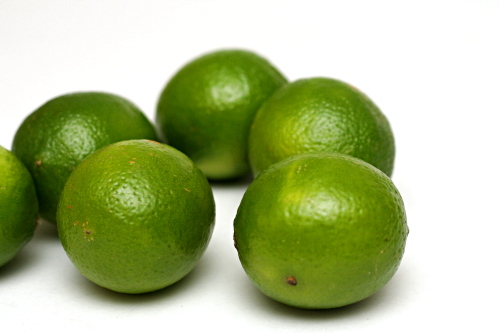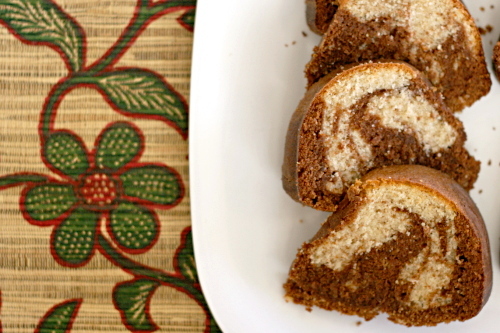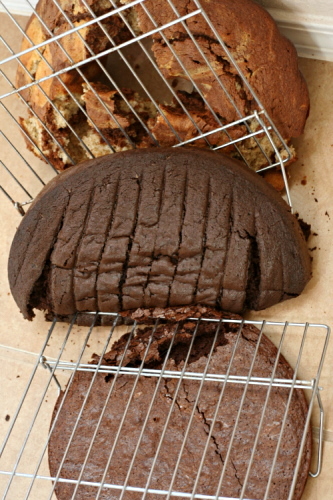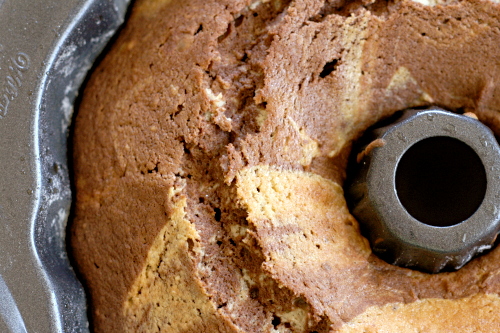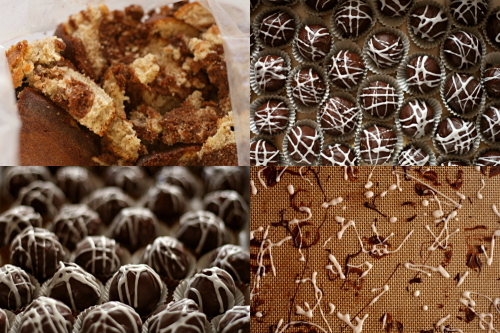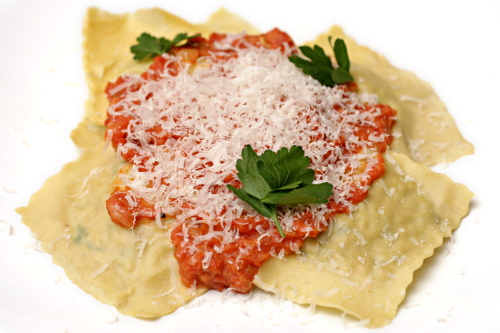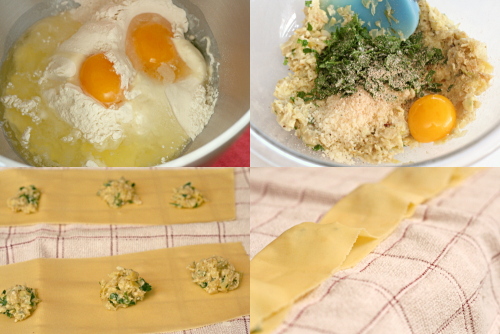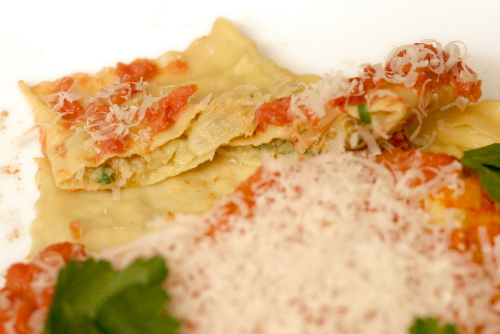Why should food be the only thing I think I can make better than most restaurants? Let’s move on to cocktails!
Vodka gimlets are a good, basic drink, and they’ve come in handy for me a number of times – at a wedding with a terrible wine selection, at another wedding with inexperienced bartenders (“…a gimlet…what’s in that again?”), at cheap bars where the beer isn’t worth drinking. Oh hi! I’m a snob about alcohol!
At its most basic, a vodka gimlet is simply vodka and Rose’s lime juice. (A gimlet – no ‘vodka’ qualifier – is made with gin instead of vodka.) Rose’s lime juice is bottled sweetened lime juice. This is what makes it such a great drink for when there are limited alcohol choices – there are only two ingredients and the strong lime flavor drowns out the taste of cheap alcohol.
But why use cheap alcohol when I can just as easily – if not as, ahem, cheaply – use the good stuff? And why would I use bottled lime juice when I’m committed to using the freshest ingredients possible in everything I make, whether it be food or drink?
Rose’s lime juice just needs to be replaced by fresh-squeezed limes and simple syrup. That means there are three ingredients instead of two to get in balance in order to make the perfect drink, but I was happy to do some trial and error. Then when I bought a new type of vodka, I found that I needed to tweak my ratios a bit. Both vodkas had the same alcohol content, but the new brand (Ciroc) was apparently a bit smoother than the previous one (Effen).
Both vodkas make one heck of a drink. Be warned: with high quality vodka, you need a fair amount of it to balance the sour lime. Don’t drink this like you would beer or even wine. But definitely do drink it, because it is oh so good. I’m so glad it’s Friday afternoon and I’ve only got a few hours to go before I can mix myself up one of these!
One year ago: Black Bean Squash Burritos
Two years ago: Blueberry Poppy Seed Brunch Cake
Printer Friendly Recipe
Vodka Gimlet
This is the ratio I use with Ciroc vodka. With Effen vodka, I found it was best to use slightly less vodka. I like my drinks to be strong, both in alcohol flavor and in acidity. You might end up tweaking the ratios slightly to get a drink that’s perfect for you. (Trust me that good alcohol does actually taste good. Don’t equate it with the crap you got drunk on in college. Okay, the crap your friends got drunk on. You were far too mature for those shenanigans.)
4 parts good vodka
2 parts freshly squeezed lime juice
1 part simple syrup (recipe below)
ice
Combine all ingredients in a cocktail shaker, attach the lid and shake shake shake. Strain into a glass. Sip slowly or pay the price.
Simple Syrup
½ cup water
½ cup granulated sugar
Combine water and sugar in a small saucepan and heat over medium-high heat until boiling, stirring until the sugar melts. Remove from the heat and cool completely before using. Store in the refrigerator indefinitely.


